Search
Did you mean: Trajan's Column?
Search Results
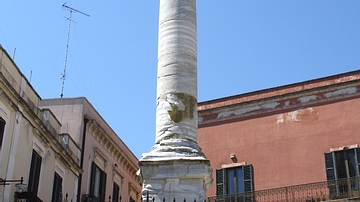
Image
End of the Appian Way Column Marker
A 19.2 m marble column which dates to the 1st century BCE and was part of an honorary monument in Brindisum. Traditionally, the column was thought to mark the end of the Roman road the via Appia (Appian Way) but inscriptions on the column...

Definition
Greek Architecture
Greek architecture is concerned with simplicity, proportion, perspective, and harmony in buildings. Greek architecture includes some of the finest and most distinctive buildings ever built. Examples of Greek architecture include temples...

Article
Battle of Tourcoing
The Battle of Tourcoing (17-18 May 1794) was a major engagement in the War of the First Coalition, the first phase of the French Revolutionary Wars (1792-1802). It saw an army of the French Republic successfully fend off a six-pronged attack...
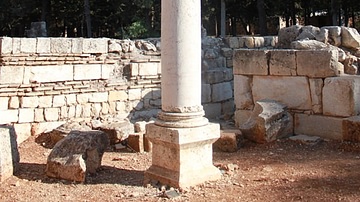
Image
Roman Column, Anjar
The Roman Columns in Anjar (8th century CE) were most probably reused from earlier 4th century CE Christian buildings.
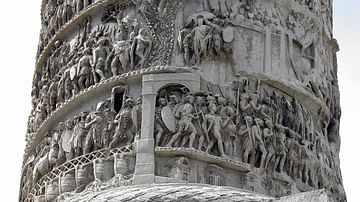
Image
Relief from the Column of Marcus Aurelius
From the Column of Marcus Aurelius and Faustina in Piazza Colonna, Rome. The column was erected in c. 180 CE and depicts in relief sculpture the emperor's campaigns across the Danube between 172 and 175 CE. In this detail the Roman Army crosses...
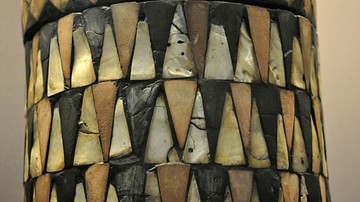
Image
Mosaic Column from the Temple of Ninhursag
This detail is part of a mosaic column, which may have stood at the side of the entrance into the temple. The whole column originally had a core of palm-wood (now perished). A layer of bitumen coated that wood. The mosaic inlay pieces (mother-of-pearl...
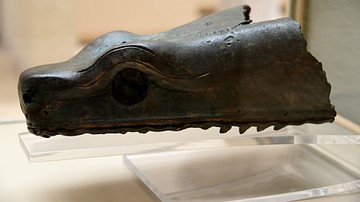
Image
Head of a Serpent from the Serpent Column
This bronze serpent originally belonged to the "Serpent Column" at the Hippodrome of Constantinople, Sultanahmet, Istanbul, in modern-day Turkey. The column was erected to commemorate the Greeks who fought and defeated the Persian Empire...
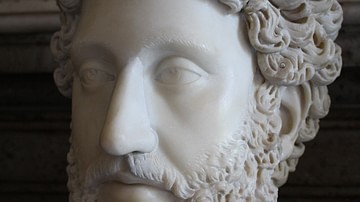
Definition
Roman Emperor
Roman emperors ruled the Roman Empire starting with Augustus in 27 BCE and continuing in the West until the late 5th century CE and in the Eastern Roman Empire up to the mid-15th century CE. The emperors took titles such as Caesar and Imperator...

Video
Column of Phocas - Ancient Rome Live
The column of Phocas is a column that refers to the Byzantine emperor Phocas (r. 602-610 CE), but it was in fact a column erected in the forum piazza to correspond with the late honorary columns, so it probably dates to the reign of Diocletian...

Article
Battle of Rivoli
The Battle of Rivoli (14-15 January 1797) was the climactic battle of Napoleon's Italian Campaign of 1796-97. A fourth and final attempt by the Austrian army to relieve the siege of Mantua was thwarted by Napoleon Bonaparte's Army of Italy...